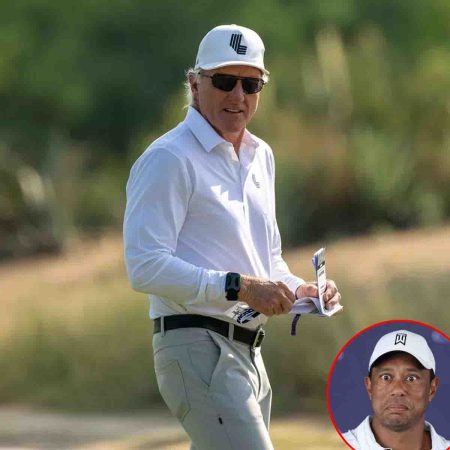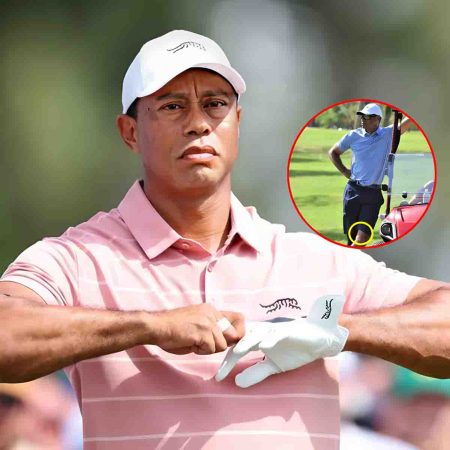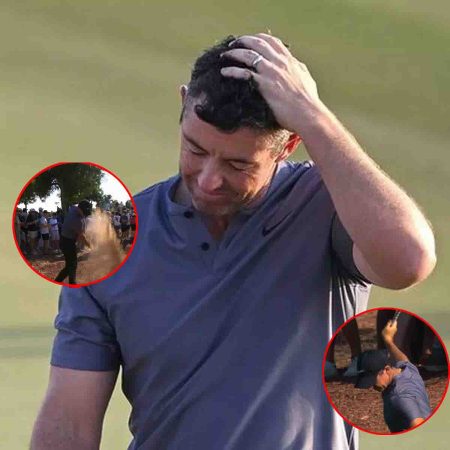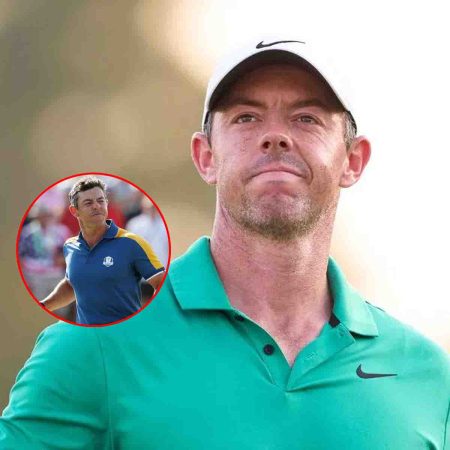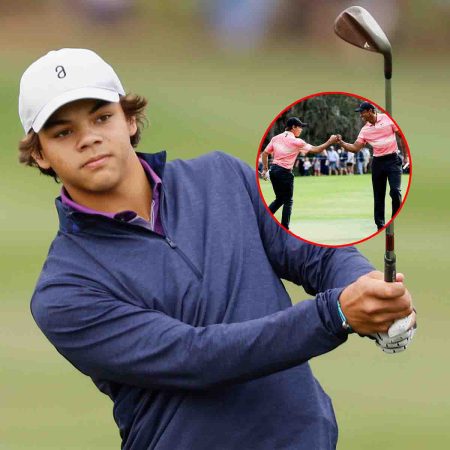Waimea Bay in Hawaii finally delivered conditions fit for one of the world’s most elusive surfing events. A local lifeguard beat out the top pro surfers for the trophy.
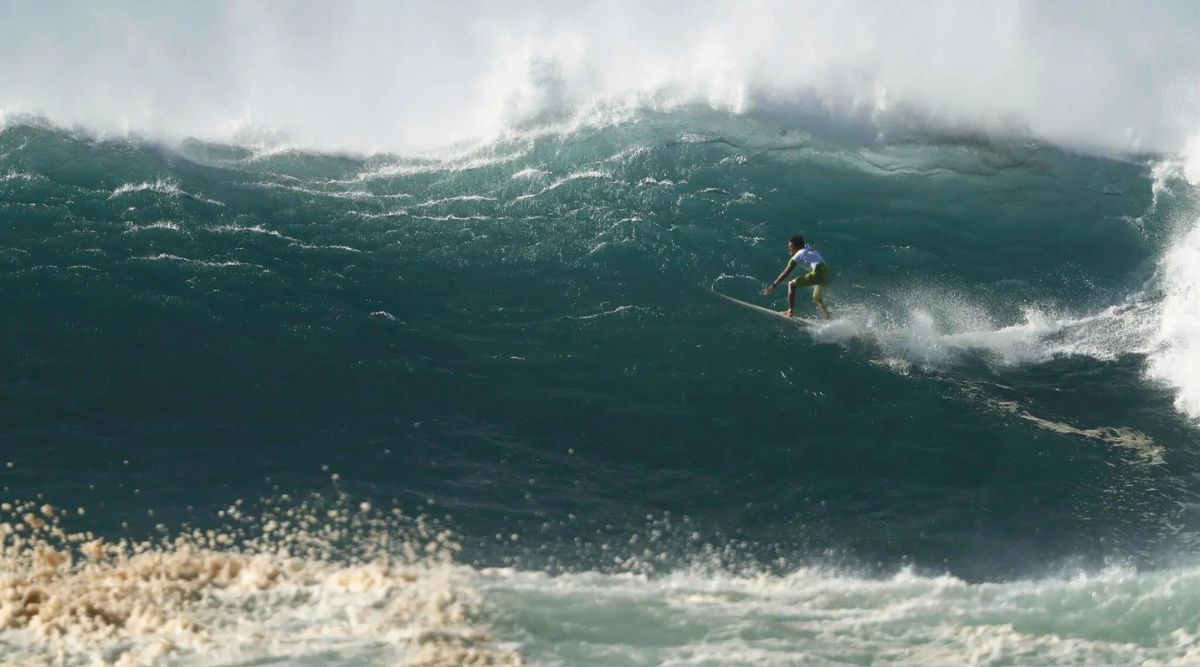
Luke Shepardson, a surfer and lifeguard from the North Shore of Oahu, defeated some of the biggest names in the sport, including the two-time world champion John John Florence.Credit…Jamm Aquino/Honolulu Star-Advertiser, via Associated Press
For the first time in seven years, one of the world’s most prestigious and hard-to-schedule surfing competitions returned to the North Shore of Oahu, Hawaii, on Sunday.
It was worth the wait.
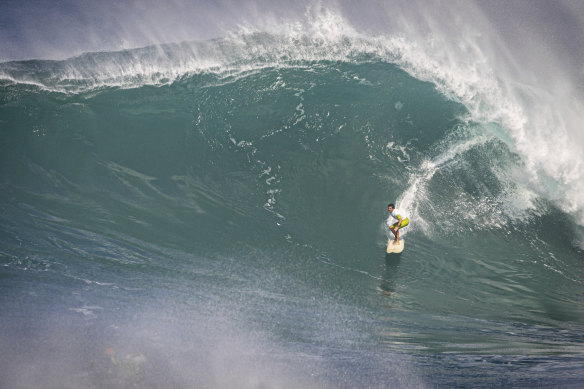
Luke Shepardson takes flight at Waimea Bay.CREDIT:ERIK KABIK
Forty invitees — a mix of the world’s top professional surfers and local legends — took on wave faces that exceeded 50 feet as an estimated 60,000 spectators watched from the beach and surrounding cliffs. The Eddie Aikau Big Wave Invitational, known as the Eddie, is held only when wave faces are consistently larger than 40 feet at Waimea Bay, a rarity.
In the end, it was 27-year-old Luke Shepardson, a surfer and lifeguard from the North Shore of Oahu, who defeated the biggest names in the sport, including the 2016 defending titleholder John John Florence, a two-time world champion.
Shepardson competed during breaks from his lifeguard job, returning to the tower between heats. He accepted his award wearing his uniform: a yellow lifeguard T-shirt and red board shorts.
“I can’t believe it; it’s surreal; it’s a dream come true,” he said.
The beach and the surrounding area had been packed since Saturday evening, when many drove to the North Shore to set up camp. Others walked miles to get a glimpse of the action. Anticipation was especially high after the event was set for Jan. 11 and then canceled because of a swell change.
More than a surf contest, the Eddie is a cultural event to honor and celebrate Eddie Aikau, a surfer from Hawaii and the first lifeguard on the North Shore of Oahu.
Aikau saved more than 500 people as a lifeguard, and his final act was one of service. He was part of a canoe voyage retracing the ancient Polynesian migration route between Hawaii and Tahiti in 1978. The vessel capsized off the coast of Lanai, Hawaii, and after waiting for rescue, Aikau took his surfboard and paddled toward shore to get help. The rest of the crew was rescued, but Aikau was never seen again.
The talk on the beach and on the livestream reflected the unique nature of the event. While the announcers shared accolades of competitors and the ever-changing conditions in the ocean, they also spoke extensively about Hawaiian culture, history and Aikau himself. No scores were shown on the livestream, and at one point during the second round of heats, it was announced that Clyde Aikau, Eddie’s brother and the contest director, would keep the leaderboard “under wraps” until everyone was safely on shore. The winner would be crowned eventually. Who won was beside the point.
The focus was on the three words on the back of every competitor’s jersey: “Eddie Would Go.”
And go they did.
Makua Rothman, who suffered an injury at a surf competition a week ago, paddled out with a heavy knee brace. Michael Ho, 65, competed alongside his son, Mason, 34. Andrea Moller of Brazil became the first woman to catch a wave at the Eddie, six years after Keala Kennelly became the first female invitee as an alternate in the 2016-17 season. Moller and Kennelly were two of the six women invited to compete, along with six alternates.
There are many ways to wipe out on a 50-foot wave, none of them good. Some surfers immediately went airborne, trying to stand but instead plummeting from the height of a fourth-floor balcony. Others successfully navigated a steep vertical drop only to be consumed by a wall of white water that sucked them into the world’s most turbulent washing machine. Then there were the surfers who skipped down the face of a wave like stones on a pond and others who somersaulted over the lip.
Multiple surfers deployed their safety vests under water, pulling a tab that inflated the vests and lifted them above the white water. The North Shore lifeguards were quick to swoop in on water scooters and bring them back to shore, helping them deflate their vests on land so they could head back into the whirling ocean.
As heats ended, surfers returned to shore to booming cheers. Once safely on land, many quietly stood at the edge of the water, reflecting on the stadium, one that rarely produces these conditions.
“It felt incredible to surf in this event,” Kai Lenny, a top big-wave surfer, said before the awards ceremony. “I know we’ve all had the Eddie Aikau posters in our rooms growing up, so to have the opportunity to actually go out there for Eddie and his ohana, the Aikaus, was a dream come true for me,” he said, using a Hawaiian word for family.
Clyde Aikau praised the surfers for their willingness to brave the fearsome waves. “Just paddling out today was a feat in itself,” he said.
He then announced the second-place finisher, Florence, and the winner, Shepardson. Of a possible 90 points, Shepardson scored 89.1, enough to collect the $10,000 prize.
It was a poetic ending, a North Shore surfer and lifeguard winning an event honoring a Hawaiian surfer and lifeguard.
“I’ve got to get back to the tower,” Shepardson said after a brief celebration. “I got to get back to the tower to make sure everyone is OK until the end of the day.”
Source: NYTIMES.COM



